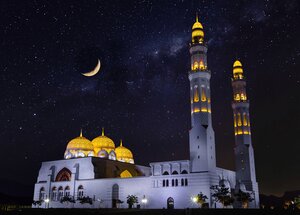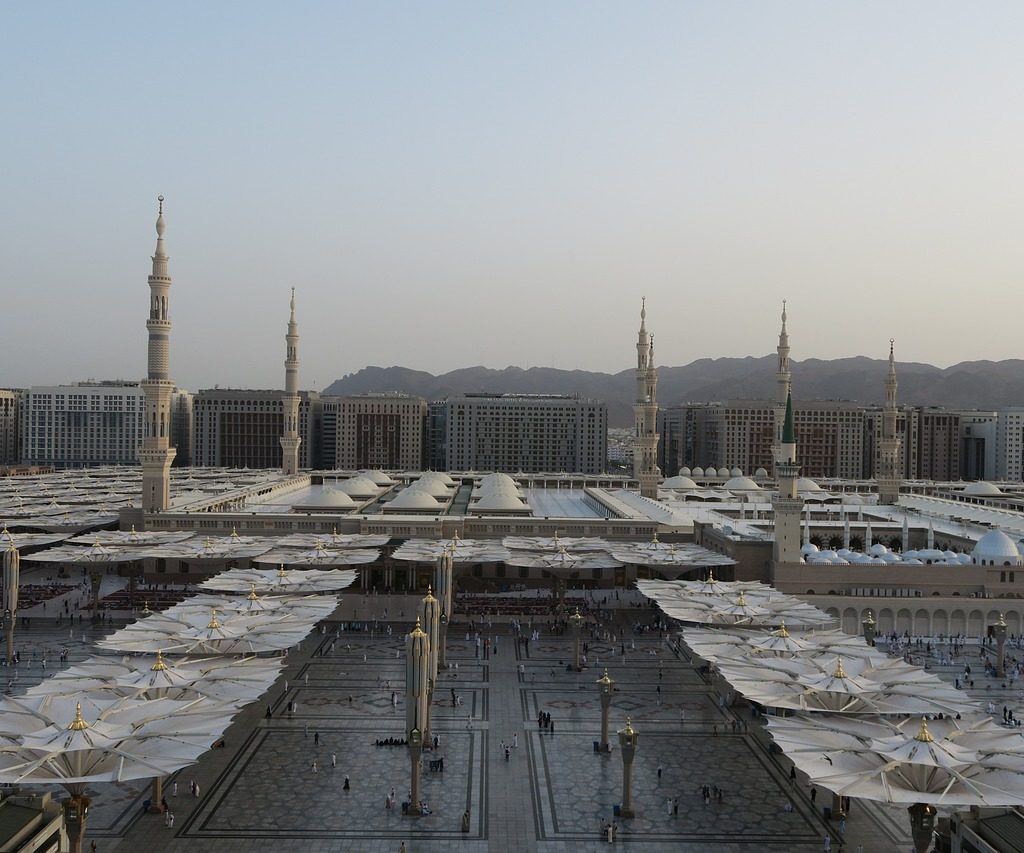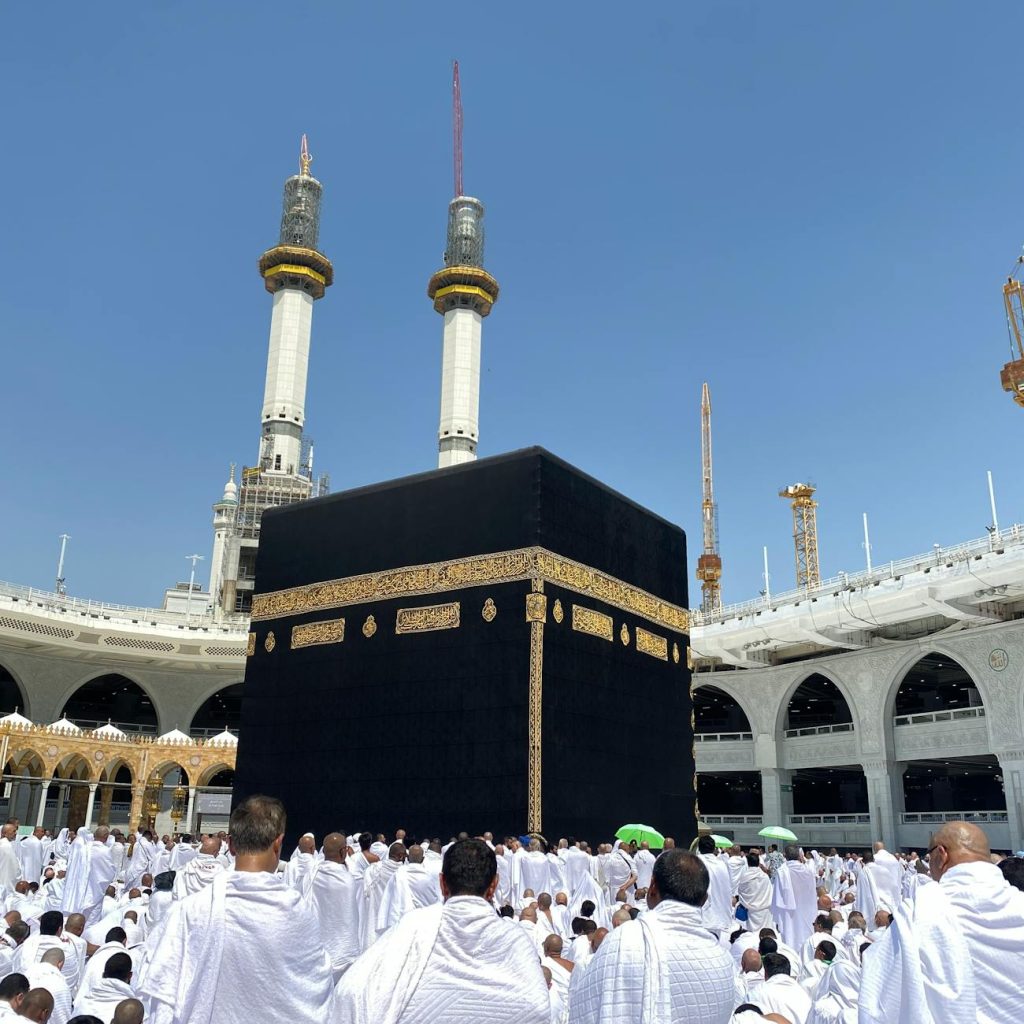🕌 Masjid Aisha: A Gateway to Spiritual Enlightenment
Have you ever wondered about the sacred sites that mark the beginning of a pilgrim’s journey to Makkah? Among these spiritual landmarks stands Masjid Aisha, a beacon of faith and tradition that has guided countless believers for generations. This revered mosque, nestled in the outskirts of Makkah, holds a unique place in Islamic history and pilgrimage rituals.
As millions of Muslims embark on their Hajj or Umrah journey each year, Masjid Aisha emerges as a crucial waypoint—a miqat where pilgrims enter the sacred state of ihram. But what makes this mosque so special? Why do pilgrims from all corners of the world converge at this site before proceeding to the Holy Kaaba? 🤔
Join us as we unravel the mysteries and significance of Masjid Aisha, exploring its role as a miqat, its architectural marvels, and the profound spiritual experiences it offers. We’ll delve into the mosque’s rich history, its importance in Islamic tradition, and provide essential information for those planning to visit this sacred site. Get ready to embark on a virtual journey through one of Islam’s most cherished landmarks!
Understanding Masjid Aisha’s Significance
Historical background of Masjid Aisha
Masjid Aisha, also known as Masjid at-Tan’im, holds a significant place in Islamic history. Built during the early years of Islam, this mosque stands as a testament to the rich spiritual heritage of Makkah. Its origins can be traced back to the time of Prophet Muhammad (peace be upon him), making it one of the oldest mosques in the region.
| Period | Significance |
|---|---|
| 7th century | Original construction |
| Throughout history | Renovations and expansions |
| Present day | Important pilgrimage site |
Location and importance in Islamic tradition
Situated approximately 7 kilometers northwest of the Holy Kaaba, Masjid Aisha serves as a crucial miqat (pilgrimage starting point) for Muslims. Its strategic location makes it the nearest point to Makkah where pilgrims can enter the state of ihram for Umrah. This proximity to the holy city has cemented its importance in Islamic tradition.
- Primary miqat for Makkah residents performing Umrah
- Closest point to enter ihram for those already in Makkah
- Spiritual preparation site for pilgrims
Connection to Aisha bint Abu Bakr
The mosque’s name honors Aisha bint Abu Bakr, the beloved wife of Prophet Muhammad (peace be upon him). According to Islamic tradition, it was at this location that Aisha entered the state of ihram for Umrah after completing her Hajj. This historical event has forever linked the mosque to her legacy, making it a symbol of her devotion and an inspiration for millions of Muslims worldwide.
The Role of Masjid Aisha as a Miqat
A. Definition and purpose of Miqat in Islam
Miqat in Islam refers to specific locations designated by Prophet Muhammad (peace be upon him) as entry points for pilgrims intending to perform Hajj or Umrah. These sacred boundaries serve multiple purposes:
- Spiritual preparation
- Entering the state of Ihram
- Unifying pilgrims
- Organizing the pilgrimage process
| Miqat | Location | For Pilgrims Coming From |
|---|---|---|
| Dhu’l-Hulaifah | Madinah | Madinah and beyond |
| Juhfah | Near Rabigh | Syria, Egypt, and North Africa |
| Qarn al-Manazil | Near Ta’if | Najd and beyond |
| Dhat ‘Irq | Near Dhahraan | Iraq and beyond |
| Yalamlam | South of Makkah | Yemen and beyond |
B. Masjid Aisha’s designation as a Miqat point
Masjid Aisha holds a unique position as a Miqat for residents of Makkah and those already within the city limits. Its significance lies in its proximity to the Haram, offering a convenient starting point for locals and visitors alike.

C. Rituals performed at this sacred location
At Masjid Aisha, pilgrims engage in several important rituals:
- Purification through ablution or ghusl
- Donning of Ihram garments
- Recitation of the Talbiyah
- Making intentions for Hajj or Umrah
D. Significance for pilgrims beginning their Hajj or Umrah
Masjid Aisha plays a crucial role in the spiritual journey of pilgrims:
- Marks the formal commencement of the pilgrimage
- Provides a sacred space for reflection and preparation
- Allows pilgrims to align their intentions and hearts
- Serves as a reminder of the historical importance of Aisha (may Allah be pleased with her)
As pilgrims enter the state of Ihram at Masjid Aisha, they embark on a transformative journey, leaving behind worldly concerns and focusing solely on their devotion to Allah. This sacred site sets the tone for the profound spiritual experiences that await them in Makkah.
Practical Information for Visitors
Accessibility and transportation options
Masjid Aisha is conveniently located on the outskirts of Makkah, making it easily accessible for pilgrims. The most common transportation options include:
- Taxis: Readily available and convenient
- Buses: More economical, with regular routes to the mosque
- Private cars: Ideal for groups, with parking available nearby
| Transportation | Pros | Cons |
|---|---|---|
| Taxis | Quick, direct | More expensive |
| Buses | Economical, frequent | May be crowded |
| Private cars | Flexible, group-friendly | Parking concerns |
Best times to visit
To maximize your spiritual experience at Masjid Aisha:
- Early morning: Peaceful atmosphere, fewer crowds
- Late evening: Cooler temperatures, serene ambiance
- Off-peak seasons: Less crowded, more time for reflection

Etiquette and dress code
Visitors should observe proper etiquette and dress code:
- Modest clothing for both men and women
- Women should wear hijab and loose-fitting garments
- Men should wear loose, non-transparent clothing
- Remove shoes before entering prayer areas
- Maintain silence and respect for other worshippers
Nearby accommodations and amenities
For pilgrims planning an extended stay:
- Hotels: Various options ranging from budget to luxury
- Apartments: Ideal for families or larger groups
- Restaurants: Halal eateries catering to diverse tastes
- Shops: Convenience stores and souvenir shops in the vicinity
Now that you’re equipped with practical information, you’ll be well-prepared for your visit to Masjid Aisha, enhancing your spiritual journey in Makkah.

Masjid Aisha stands as a beacon of spiritual significance for pilgrims embarking on their sacred journey to Makkah. As a vital miqat point, it serves as a gateway for countless believers to enter the state of ihram and begin their Umrah or Hajj rituals. The mosque’s architectural beauty and historical importance create an atmosphere of reverence and devotion, offering visitors a profound spiritual experience.
For those planning to visit Masjid Aisha, it is essential to prepare both physically and spiritually for this momentous occasion. Take time to reflect on the significance of this sacred site and its role in your pilgrimage. By understanding its importance and following the practical guidelines for visitors, you can ensure a meaningful and transformative experience at Masjid Aisha, setting the tone for your entire spiritual journey in Makkah.

